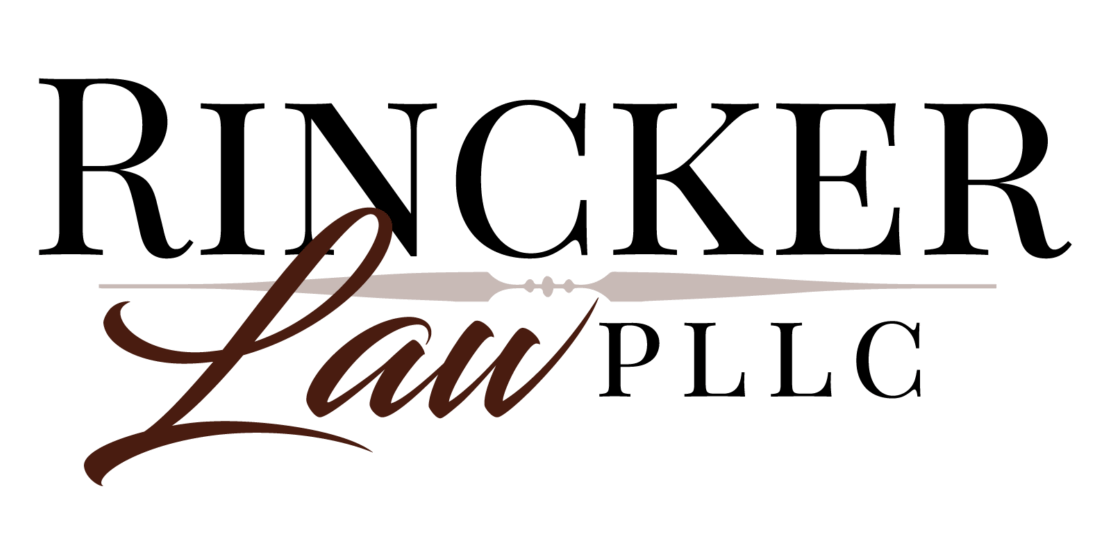This presentation on wine and vineyard law was given to the National Business Institute (NBI) last fall. Below is an except from the presentation’s materials found here. The entire lecture from the day-long educational conference can be ordered from NBI here.
Under federal law, each type of winery has its own set of documents that must be submitted to the Alcohol and Tobacco Tax and Trade Bureau (“TTB”) for a permit to operate a winery. An Alternating Proprietor Winery is a situation where two or more wineries share use of part of a bonded winery’s facility. The winery that is actually bonded is the “host”. The alternating proprietor must on its own qualify as a winery, but the bonded part falls on the “host”. This option is popular for newer wineries that have not committed to a lot of space yet, which also helps avoid some start-up costs.
The documents requires to be filed with the TTB to become an alternating proprietor winery are:
1) Application for Basic Permit;
2) Application to Establish and Operate a Wine Premises;
3) Wine Bond (generally in the amount of $1,000 for smaller wineries;
4) Diagram of premises depicting the alteration agreement;
5) Environmental/Water Quality information (available at http://www.ttb.gov/forms/f500029.pdf and http://www.ttb.gov/forms/f500030.pdf);
6) Signing Authority or Power of Attorney;
7) Personnel Questionnaires for Owners/Officers/Directors; and
8) Other supporting documentation.


